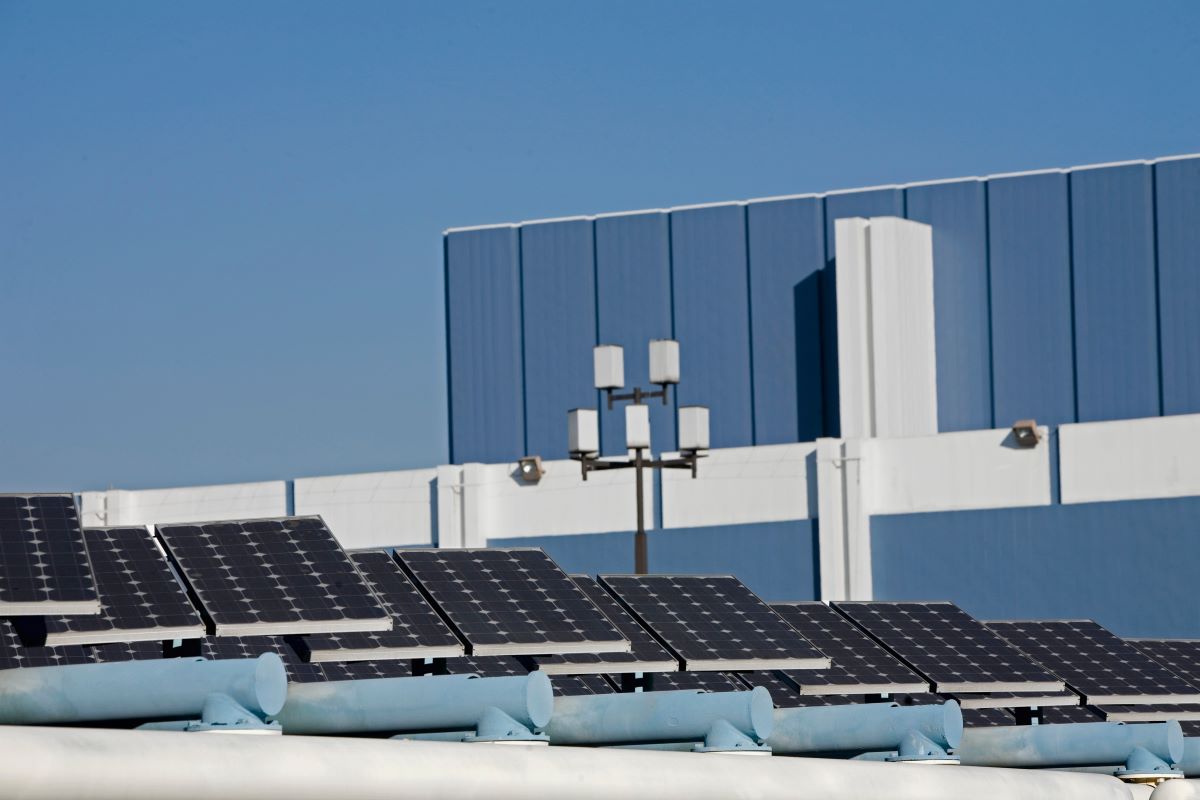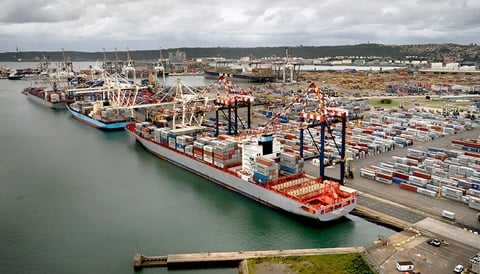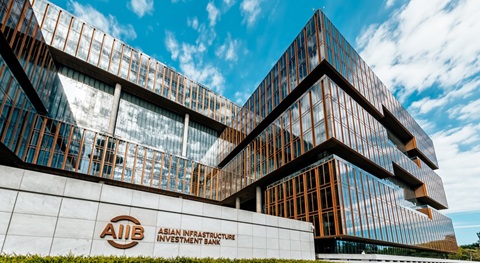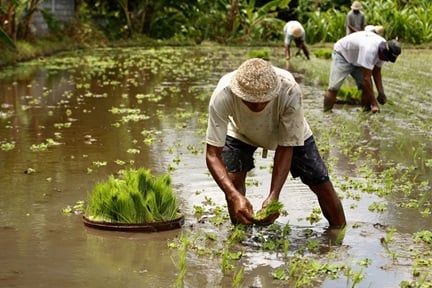South Africa records a four-fold spike in solar imports from China
Businesses and households are turning to off-grid solutions as power cuts roll on

South African import of solar panels from China surged 438% in the first half of 2023, rising from 0.6 GW to 3.4 GW compared to the same period the previous year. During this time South Africa bought 2.7% of China’s total exports of fully assembled solar panels. This surge is the direct consequence of the near collapse of grid power in South Africa. Consumers and businesses are increasingly turning to private power generation in response to more frequent grid power outages. South Africa has faced intermittent electricity shortages for over a decade. In recent years, increased scheduled power cuts, known locally as load shedding, have left some parts of the country without power for up to 10 hours a day in the most severe instances. Eskom, the national power utility generating 90% of South Africa's electricity, contends with an aging fleet of coal-fired plants that often malfunction due to neglected maintenance. Years of underinvestment, managerial issues, and corruption have further compounded Eskom's inability to fulfil South Africa’s electricity needs. Load shedding has led to a reduction in South Africa’s GDP by 1% to 1.3% annually since 2007, according to ETM Analytics. The electricity crisis has escalated operating costs for businesses as many are compelled to invest in alternative power sources like fuel generators or solar panels. However, not all can afford these alternatives. A survey conducted earlier this year revealed that over 60% of township small businesses halt operations during load shedding, and almost 66% have cut jobs due to the power challenges.
Between March and June this year, South African households and businesses had boosted rooftop solar capacity by 349% to 4.4 GW. The rise in household solar usage has partly been driven by a tax incentive which permits individuals to claim a tax rebate equal to 25% of the cost of new rooftop solar panels.
There has also been a significant uptick in utility-scale renewable energy projects, leveraging South Africa's plentiful sunshine and favourable wind conditions. Renewable energy projects totaling 18 GW are in advanced stages of development, promising to address many of South Africa’s electricity challenges in the near future. Earlier this year, the government eliminated the 100 MW licensing threshold for solar and wind initiatives, allowing projects of any scale to proceed without a licence. The emergence of the ‘wheeling’ market has further stimulated private power ventures. Wheeling enables an independent power producer (IPP) to generate electricity and transmit it through the national grid straight to a corporate consumer, with electricity pricing being negotiated directly between IPPs and corporate buyers. China, which has at least 80% of the world’s solar panel manufacturing capacity, saw the prices of its panels reach their lowest levels in three years by mid-2023, partly due to falling polysilicon costs.
References
‘Progress with crisis plan: Govt lifts cap on private power – and more action on Eskom crime’, News24, 21 January 2023
‘How South Africa’s energy crisis became an economic crisis’, Foreign Policy, 25 January 2023
‘Solar tax incentives for individuals’, National Treasury, 22 February 2023
‘Impact of load-shedding on small businesses in the township economy 2023’, Nedbank, 01 March 2023
‘Renewable Energy Grid Survey points to 66 GW development pipeline in South Africa’, Engineering News, 06 June 2023
‘China solar module prices dive’, PV Magazine, 09 June 2023
‘South Africans installed 4.4 gigawatts of rooftop solar PV’, Daily Investor, 25 July 2023
‘Solar exports from China increase by a third’, Ember, 14 September 2023
‘Generation plant mix’, Eskom, Accessed 11 October 2023








